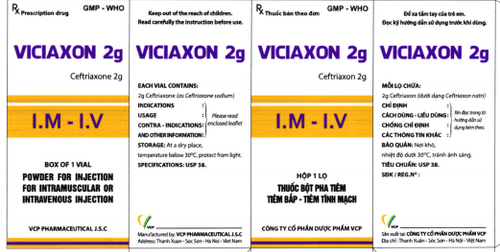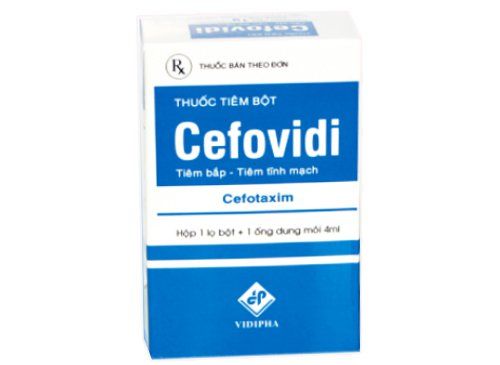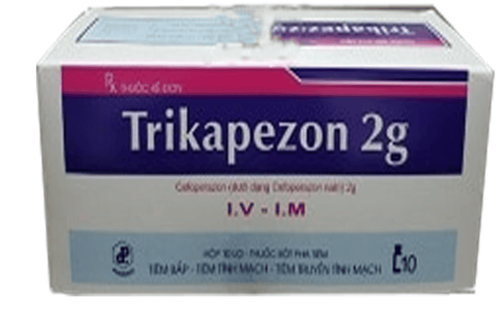This is an automatically translated article.
Sepsis is a dangerous condition that can cause multi-organ failure and even death. However, with early detection and aggressive and effective treatment, sepsis can be cured.
1. What is sepsis?
Blood infections (sepsis, septic shock) are diseases that occur when bacteria enter the body, secrete toxins leading to multi-organ failure, liver failure, kidney failure or clotting disorder. Blood ,...
Sepsis occurs when bacteria enter the bloodstream directly or from infected foci of tissues or organs such as skin, soft tissues, respiratory system, digestive system, muscles. , bones, joints,... Acute sepsis causes diverse clinical symptoms, multi-organ failure, septic shock with a very high mortality rate (maybe up to 20 - 50%).
Some risk factors for sepsis include:
Age: Newborn or premature, the elderly; Using immunosuppressive drugs, anti-rejection drugs, long-term corticosteroids, undergoing radiation therapy and chemotherapy; Having chronic diseases such as HIV/AIDS, cirrhosis, diabetes, valvular heart disease, congenital heart disease, lung disease, chronic kidney failure; Alcoholics, splenectomy, blood malignancy, agranulocytosis; People who use devices that penetrate the body such as infusion tubes, intramedullary nailing, endotracheal intubation,... The causative agents of blood infection are usually: Bacteria, fungi, viruses,. ..
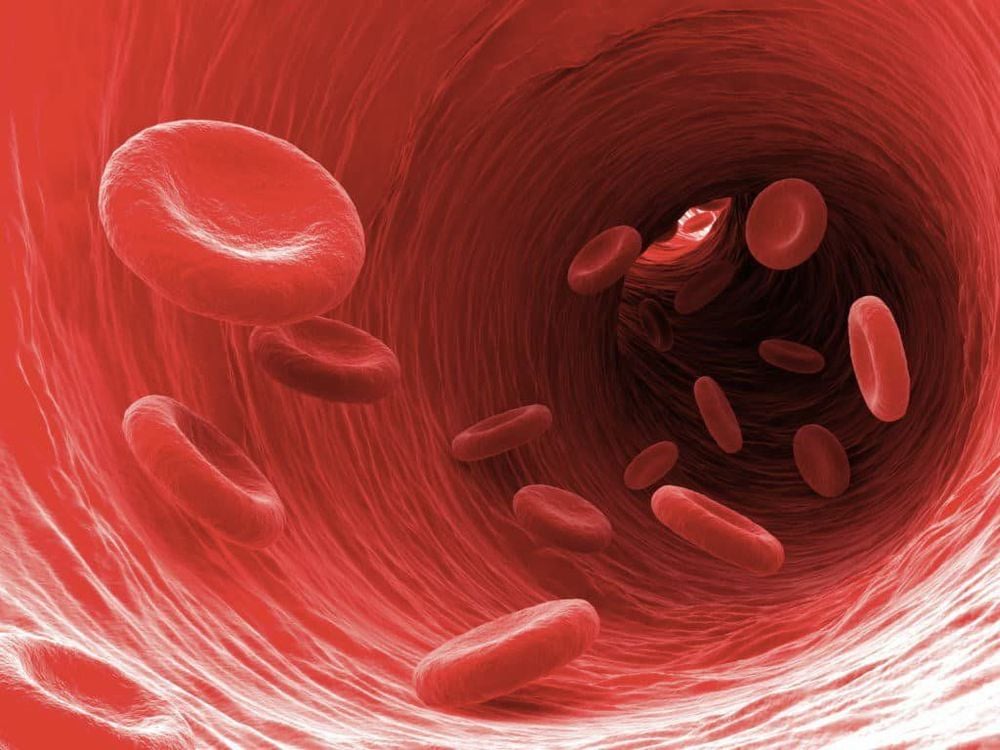
Bệnh nhiễm trùng máu do vi khuẩn xâm nhập vào cơ thể, tiết ra các chất độc
2. Symptoms of septicemia Sepsis is a collection of manifestations of a very severe infection, systemic toxicity, shock, multiple organ failure and rapid death. Common symptoms of sepsis include:
Fever : The first and most important sign of sepsis is a fever above 38°C; Chills: When a fever is accompanied by chills and some other typical signs, the patient can be diagnosed with sepsis; Hypothermia: Some patients have hypothermia. Urticaria is a sign of more severe sepsis and a worse prognosis; Rapid breathing: If an infection occurs in the lungs, the patient must breathe faster to provide enough oxygen to the body; Soreness: Pain can occur all over the body or only in some parts of the body of the patient with blood infection; Heart palpitations, low blood pressure: When the body has an infection, the heart works harder to pump blood away, leading to a faster heart rate. Low blood pressure is a warning sign that can lead to septic shock - the most severe stage of sepsis; Skin discoloration: When there is a blood infection, the body prioritizes transporting blood to the most important organs to maintain life. As a result, the amount of blood delivered to the skin may decrease, causing the patient's skin to become pale, purple; Neuropsychiatric symptoms: The patient shows signs of fatigue, lethargy, lethargy or struggling, excitement, coma, etc. Consciousness disorder is often accompanied by septic shock. 3. Is blood infection dangerous? Sepsis is a very dangerous condition. Usually, the incubation period for sepsis is very short, easily leading to serious complications after only a few hours to a few days. Severe cases of sepsis can quickly lead to death. The consequences of sepsis are very serious. Sepsis can cause many complications such as:
Septic shock: It is a very serious condition, especially dangerous. Patients present with shortness of breath, tachycardia, mental disturbances, etc. The mortality rate is up to 20 - 50%. The disease is often severe in the elderly, infants and young children; Acute respiratory distress syndrome: Mortality rate up to 45%; Coagulopathy: A condition in which blood does not clot due to a lack of clotting factors. Patients with this complication are prone to vascular collapse due to septic shock; Impaired liver and kidney function: Liver failure, kidney failure occurs when most of the liver and kidneys are damaged to the extent that they cannot recover and function normally again.
4. Can sepsis be cured? Although patients with sepsis often have a higher mortality rate than with other infections, they can still be cured. The level of danger of the disease depends on many factors such as: age, underlying medical condition, overall health, time of disease detection,... The earlier the disease is detected, the higher the chance of curing the disease and the time it takes. shorter treatment.
Golden time to treat sepsis: Within the first 3 hours, the patient should be diagnosed, given antibiotics and intravenous fluids. The doctor will perform a blood culture, aggressive treatment to bring the blood pressure back to normal. Then apply other holistic treatments.
5. Treatments for septicemia Regardless of the severity, septicemia can be life-threatening. With the advancement of diagnostic and treatment methods, the patient's chance of cure is increasing. The treatment of sepsis includes: Early diagnosis, elimination of the primary source of infection, respiratory and circulatory support, correction of acid-base balance, anticoagulation disorder, antibiotics, and improvement of health. resistance.
Specific treatment methods are as follows:
Use of antibiotics: Most cases of blood infections are caused by bacteria, so antibiotics have a good treatment effect. The broad-spectrum antibiotics commonly used in the treatment of blood infections are Vancomycin, Ceftriaxone, Piperacillin, Ciprofloxacin, Azithromycin,... Using antibiotics according to the pathogen and antibiogram, taking high doses. In case the bacteria is resistant to antibiotics and the pathogen is unknown, a combination antibiotic should be used; Using antiviral or antifungal drugs: If the cause of the blood infection is viral or fungal, then the patient will be treated with antiviral or fungal drugs (administered intravenously); Fluids: Patients with sepsis often have low blood pressure, so they need to receive fluids to raise blood pressure; Oxygen therapy: Provide oxygen to the blood with an oxygen mask, a tube through the nose, or a ventilator; Dialysis : In case of acute kidney failure, which helps to remove waste products, salts and excess water from the blood; Surgery: Is a method of treating sepsis at the root if the source of the infection is identified. When septicemia turns into an abscess, surgical removal of the abscess will be performed immediately; Improve body resistance: Transfusion of blood, vitamins, protein,...
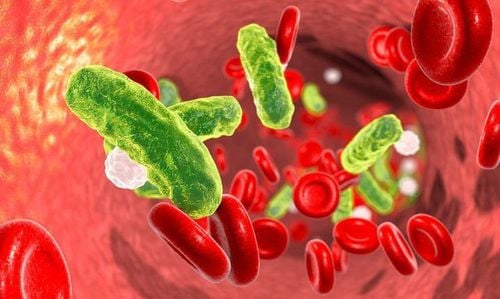
Càn chẩn đoán sớm để điều trị bệnh nhiễm trùng máu
6. Measures to prevent blood infections To prevent sepsis, each person needs to:
Definitely treat the initial infection foci: Infected wounds, trauma, abscesses, boils, .. .; Sterilization of medical instruments; Vaccinate against pneumococcal bacteria, Hib, meningococcal, ... to prevent disease effectively. Some vaccines include: Pentaxim (France), Menactra (USA), Quimi-Hib (Cuba), Infanrix Hexa (Belgium), Hexaxim (France), Synflorix (Belgium), Prevenar 13 (Belgium),... ; Eat foods rich in vitamin C, protein, fiber and minerals (zinc, selenium, iron,...) to improve the immune system, limit complications of the disease; Add yogurt daily because this is a source of billions of beneficial probiotics for the body, avoiding blood infections; Wash your hands often with soap and maintain good personal hygiene to prevent infection. Sepsis is extremely dangerous with a high mortality prognosis. However, early detection and proper treatment play a huge role in improving the patient's health and reducing the risk of serious complications. Therefore, each person should pay attention to full vaccination, periodical health check and immediately go to the hospital when there are abnormal signs to be detected and treated early.
Please dial HOTLINE for more information or register for an appointment HERE. Download MyVinmec app to make appointments faster and to manage your bookings easily.







